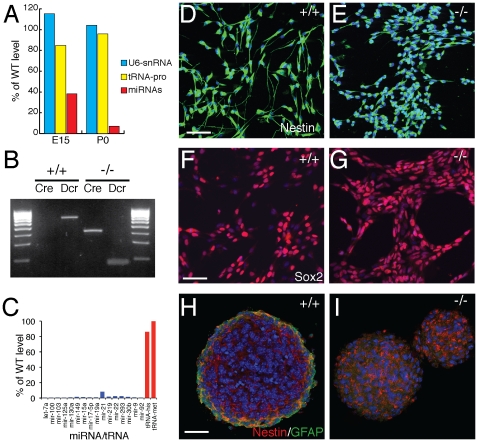Figure 1. Dicer-null cortical neural stem cells can be established from the embryonic cerebral cortex and self-renewal appropriately.
(A) At E15, several days after Dicer ablation using the neural progenitor Nes-Cre deleter line, Dicer-null cortices still have about 40% of wild-type microRNA levels (average of the relative expression of all microarray–detected microRNAs), whereas microRNAs are almost undetectable in the cortex at birth. MicroRNA levels were measured as described in the methods and Table S1. (B) PCR genotyping of monolayer cultures of cortex-derived NS cell lines demonstrates that lines derived from Nes-Cre;Dicerfl/fl E12 cortex are Cre+ and contain only the recombined Dicer allele. (C) Dicer-null NS cells lack expression of microRNAs, compared to wild-type cells, although expression of other short RNAs, such as tRNAs, is normal. Expression for a subset of typical microRNAs and two tRNAs is shown relative to expression in control NS cells, and is the average of six replicate features on the array. (D–G) Neural stem cell lines established from wild-type and Dicer-null E12.5 cortex in monolayer culture both express the NS-cell specific intermediate filament protein Nestin (D, E) and the NS cell transcription factor Sox2 (F, G). While Nestin is clearly expressed, the morphology of Dicer-null NS cells is abnormal and lacks the long radial fibres found in wild-type NS cells. Scale bars, 25 µm. (H, I) Dicer-null and control NS cells both form neurospheres in non-adherent culture, in which the majority of cells express Nestin. Note that cells at the periphery of neurospheres generated by control cells begin to differentiate to astrocytes, as indicated by GFAP expression, whereas no GFAP expression is observed in Dicer-null neurospheres. Scale bar, 25 µm. Nuclei in all images visualised with DAPI.

